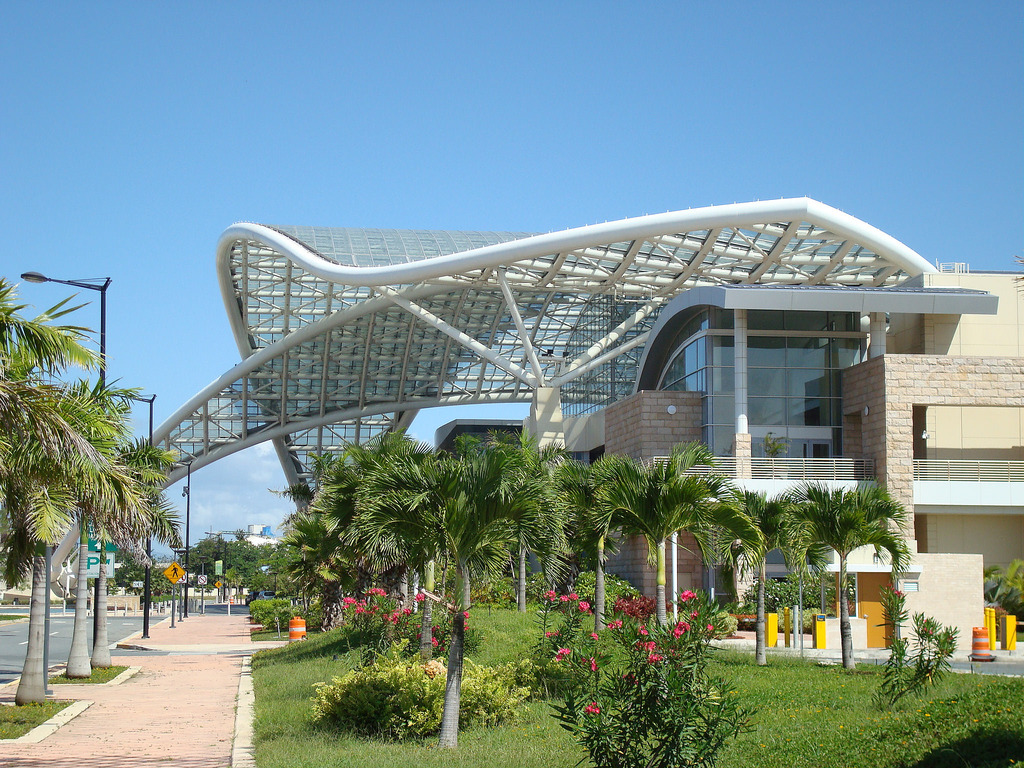Nov 9, 2017
SUSTAINABLE LANDSCAPES ARE ON THE HORIZON
Two weekends ago, I was honored to attend the 2017 American Society of Landscape Architects (ASLA) Conference in Los Angeles. I was delightfully surprised at how many education sessions were focused on the intersection of landscape architecture, sustainability, and resiliency. The sheer number of education sessions in total was also encouraging. There are so many professionals in landscape architecture and related fields who want to teach others about something new and/or innovative.
Sasaki had a very strong presence at the 2017 ASLA Conference. They likely had speakers in more education sessions than any other firm. I was able to sit in on an education session where two Sasaki employees were on a panel called Bee There or Be Square: Promoting Pollinator Habitats in Landscape Architecture. Tao Zhang, Principal Landscape Architect at Sasaki says that “if you talk about agriculture, it’s inevitable to talk about pollinators”.
Surveying the people around me, a majority knew little to nothing about the impact of pollinators on global ecosystems. Knowledge on this subject matter could mitigate the loss of native ecosystems and food sources for pollinator species, including but not limited to honey bees, monarch butterflies, and various bird species.

This is only one specific takeaway from one specific panel. Another education session I attended was on Climate Change and the Quad: Resiliency as Catalysts to Building Campus Landscape. I was able to sit down with panelist Stephen “Skip” Mezger, who retired in January 2017 from being University of California at Davis’s Campus Landscape Architect.
“When [Skip] started there was very little conversation about [integrating agriculture into the built environment]”. Now, there is much more discussion and action regarding it “but it takes a while to get people behind” the movement because of the obstacles in management and funding. It takes a proper balance of the two in order to maintain agriculture on a college campus.
So what do conferences such as ASLA 2017 provide for the field of Landscape Architecture? The varying types of education sessions, exhibitors, and attendees show that while not everyone may have expertise in all aspect of landscape architecture, As Tao Zhang said, conferences like this one serve as a “really good platform to know what your peers are doing”. This exchange of knowledge is the way to shape what the future, and future landscapes, will look like.

Puerto Rico Convention Center - master planned by Sasaki Associates
Anthony Fettes, Ecologist/Landscape Architect at Sasaki, pointed out that since there are “multiple different avenues to explore” it is not easy to predict what the future will look like. However, conferences like these foster an environment for these avenues to grow and change.
The EXPO at the ASLA Conference alone would be worth attending in the future. There were businesses and vendors from across the nation dealing with everything from fertilizers to furniture to bike racks to living walls. All were eager to either talk about their endeavors in sustainability or to learn about other companies’ ideas and successes with it.
Offered both Saturday and Sunday from 9:00am to 6:00pm, this was the place to go for networking. Education sessions, while extremely informative and enlightening, did not facilitate the same kind of connectivity that the EXPO allowed. If you are able to attend an ASLA Conference in the future but have limited time, the EXPO is definitely the don’t-miss feature. If you have more time though, you are guaranteed to learn a lot in the expertly-led education sessions. Don’t miss out on the subsequent ASLA Conferences in Philadelphia in 2018, San Diego in 2019, and Miami in 2020!
About the Author - Danna Creager is a senior at UCLA. She will be graduating in June 2018 with a Bachelor of Arts in Political Science and a Bachelor of Arts in Geography/Environmental Studies. She became interested in sustainability after taking a course her freshman year at UCLA on the environment and sustainability and joining the Education for Sustainable Living Program (ESLP). This is Danna’s 4th year being involved in the program, since rebranded as Sustainability Action Research (SAR), and currently serves as the student director of the program. She also served as Sustainability Research Intern for Agritecture Consulting this past summer.
